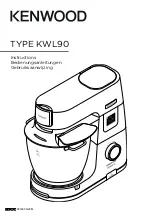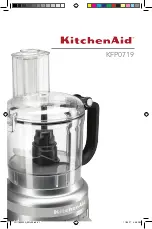
D*AP8
43
Setup GUI –
ROUTING
This is the core of the
D*AP8
because it defines the audio signal flow inside the device:
Each functional block of the device has a source- and a destination-label.
Vertically
at the left hand side you will find the outputs of function blocks / hardware interfaces.
The labels are organized hierarchically. I.e. we have source group names like DSP OUTPUT,
AES INPUT, DECODER EMULATION OUTPUT etc. And single channel (AKA mono) signal labels like
DTIN x
[x=1 … 16] for the
Dante
interface,
AESx
[x=1 … 8]
for the AES inputs or
DEC x
[x=1 … 10] for
the Dolby interface. CAT1100
.
If applicable the labels have bluish dynamical signal descriptors [e.g.
1L / 1R / 1C
and so forth].
Horizontally
at the top of the ROUTING pane you will find the group names for destinations
like, DSP INPUT, AES OUTPUT, ANALOG OUTPUT, Dante OUTPUT, DECODER/EMULATION etc.
a
nd
their respective single channel labels like
DSP x
[x=1 … 8]
AUX 1,2
for the 10 audio processor outputs or
feeds to the hardware interfaces, like
AESx
[x=1 … 8] for the AES outputs,
MADOUTx
[x=1 … 16] for MADI outputs or ENCx [x=1 … 8] for the Dolby encoder inputs.
If applicable the labels have bluish dynamical signal descriptors [e.g.
1L / 1R / 1C
and so forth].
Green quads show active cross points. Due to the number of I/Os in total one must scroll through the
matrix to set or disable cross points. To give you an indication while scrolling which outputs have an active
connection, red quads are shown in the top of the matrix beneath the output labels.
The matrix is organized for single channel (mono) routing but it may also be controlled in
2-channel (stereo) mode:
Channel Linking
[mono / stereo]
You may set cross points either in mono mode or pair wise for stereo routing.
















































